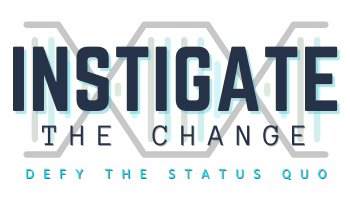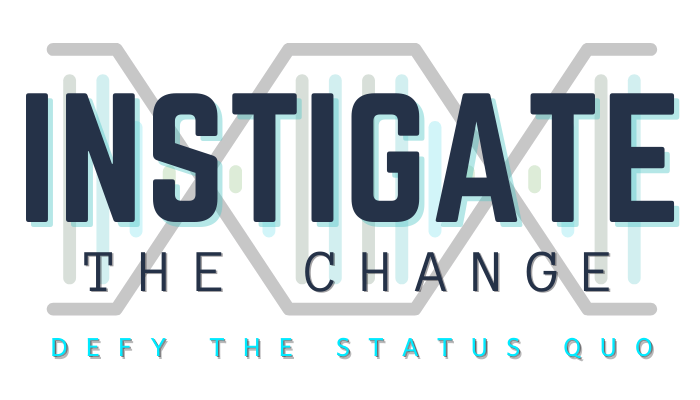6 Guidelines for Dictation Blog
March 4, 2021
This is the second blog post in a four-part series on using dictation in your writing process.
The first post of this series looked at the benefits of dictation. In this post, we look at 6 guidelines to set you up for success as you dictate your writing.
- Start with an outline
Unless you are free writing or journaling, it’s important to have some kind of structure to guide your dictation. Jonathan Green, of “Serve No Master” points out that writer’s block is primarily because of the lack of an outline. I have found this to be true in my writing. When you’re writing an email, jot down a few of your key talking points before you dictate. If you’re working on a blog post, map out your thesis and main points. As you dictate a chapter of your book, have a general outline showing where you’re going and the steps along the way. The strength of your outline will determine the strength of your first draft. - Let your words flow
Now that you have your outline in hand, it’s time to dictate. Don’t give into the temptation to edit as you go. This is a first draft, so treat it like one. Now is the time to write. Some of my best ideas happen when I am dictating without a filter. Treat it like free-writing with an outline. Refuse to edit while you dictate. - Mark a mistake or a change with a specific symbol
This point may seem to contradict the previous one, but this is more about minor mistakes. If I use a word but then realize there is a better word to use, I dictate the word “slash.” When I transcribe the audio, this command inserts a slash into my writing at that point and reminds me I corrected a mistake or noted a change. This is less about editing mistakes and more about indicating where another idea is better. - Decide ahead of time regarding punctuation
I include dictation commands for punctuation as I dictate. For example, I will dictate a sentence and then say “period” at the end, ensuring my transcribed writing includes an actual period. I do the same for commas, question marks, and exclamation points. This is primarily because I use inexpensive dictation software that doesn’t add punctuation. Some writers use more costly dictation services which add punctuation. I’m cheap and I don’t want to spend the extra money so I add the punctuation myself. This saves me time when I edit the first draft. - Find a physical location that works best for you
It’s important to find a location that triggers your creativity and allows you to focus. Right now, I’m at my desk dictating this blog, but this is not the ideal place for me to write. Today I am here because people are still asleep in the house and I don’t want to wake anyone up. My best locations are those where I am alone and physically moving. I often dictate as I walk around my house, my backyard, or when I’m driving. - Silence your inner critic
When I first began dictating, I would get part way through and think to myself, “This is horrible!” When I gave in to this thought, I stopped writing. However, when I pushed through this thought and continued dictating, the transcribed document was never as bad as I feared. It was still a first draft, but a first draft is far better than no draft. A completed first draft gave me the motivation I needed to finish what I started. Don’t listen to your inner critic when your inner critic says, “This writing is horrible.” Keep dictating.
We are all wired differently and have different preferences and tendencies. Don’t be afraid to try something and see if it improves your dictation experience. In fact, if you try something new and it works, please comment below and let me know so I can give it a shot! The key is to make the process your own such that you look forward to writing every day.
The next blog posts lays out the steps of my dictation process. After that, I survey the tools I use when I dictate.
Category







